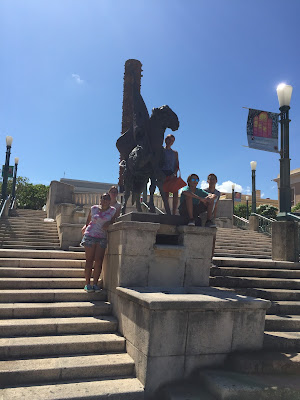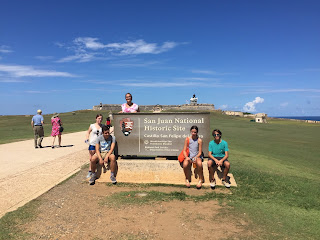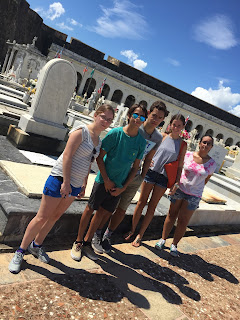 |
| A blog on the fifty places that are a must when visiting Old San Juan! Some background information and ideas as well to help you when picking things to do or see at Old San Juan. We hope you enjoy! |
Monday, November 16, 2015
1
Plaza de San José- In this plaza you will
find the San José Church which was dedicated to Saint Thomas Aquinas. In the
plazas center there is a statue of the first governor of Puerto Rico, Juan
Ponce de León which was made from cannons! It is a great idea to visit this
plaza because you will also find bars, restaurants, museums, and even benches
just in case you’re really tired of walking.
 |
Pedro Albizu Campos- Born on the year 1893
in Ponce and died on 1965 in San Juan. Studied in University of Vermont and in
Harvard University, his studies were intervened by World War I in which he
participated as soldier for the United States Army. He was a politic and a very
important figure in Puerto Rico’s fight for independence.
José Julián Acosta-Born on February 1825
and died 1891. Known for representing the Liberal Reformist party, having
abolitionist ideas, and writing many historical works. A very busy man who had
the rolls of teacher, political leader, lawyer, and writer. He was imprisoned
for his liberal ideas and then became one of the organizers of the Liberal
Reformist Party, he was also director of the new Civil Institute of Secondary
Education in San Juan
Subscribe to:
Comments (Atom)
















































